Fudd Friday: How The .223 Remington Became The Modern .30-30

The .223 Remington is the most popular rifle caliber in the United States right now, but what is it really? I think the .223 is more than a popular tactical and sporting rifle caliber—it’s the heir to the .30-30 Winchester as The Great American Rifle Caliber, the one round for (almost) all shooters. The round that Fudds will end up using for everything from home defense to hunting almost all game. Here’s how the .223 Remington pulls it off.
The “Dirty Thirty” @ TFB:
Low-recoiling firepower
The .223 replaces the .30-30 first off because it is a very manageable cartridge to shoot. Depending on the weight of the rifle you’re shooting, you’re looking at less than four pounds of recoil—the kind of recoil that a young or small-framed shooter can handle easily. That means you can buy the rifle and your whole family can shoot it.
The same was true of the .30-30 for decades. In the years after World War II, lever-action rifles in .30-30 were sold by the tractor-trailer load to dads and their kids. The .30-30 served as the first proper deer rifle for hundreds of thousands of young hunters; a high school graduation present, a 16th birthday present, and so on.
Now, that’s the .223. Or rather, rifles chambered in .223; AR-pattern rifles might own the market, but bolt-actions and Ruger Mini 14s, Rossi single-shots and whatever else. You’ve got low recoil and, usually, high accuracy.
Manageable, fun-to-shoot rifles
The .30-30 Winchester usually came in rifles that were fun to shoot, and fun to shoot fast. In the 1970s, people wanted to blast away like they were Rooster Cogburn on the trail of bandits in Indian Territory. In the 2020s, people want to blast away like they’re, uh, well … people like shooting their ARs fast.
The .30-30 often came in carbines that were easy to carry, especially through tight woods—the Model 1894 might have been the most carry-friendly rifle of the first half of the 20th century.
The same goes for AR-pattern rifles in the 2020s. We’ve left wood-and-steel behind for aluminum alloy and composites; straight-grip stocks are replaced by pistol grips. But just as the old cowboy-style lever guns were the quick-handling rifles of their era, so are the ARs today.
Hundred-yard hitting power
The .30-30 and the .223 are two very different calibers, but they both do one thing pretty well: They kill medium-sized animals within 100 yards.
In the case of the .30-30, at 100 yards, you’re looking at roughly 1,300 foot pounds of energy from a 150-grain bullet. That is well over the generally accepted minimum limit of 1,000 foot pounds of energy to kill a whitetail deer, and for a very long time, sensible hunters looked at the .30-30 as an excellent rifle for medium-sized game at the ranges you were likely to shoot at game with open sights.
With a 62-grain Federal Fusion load, one of the most common .223 rounds that’s marketed towards deer hunters, you get 991 pound-feet of energy at 100 yards. Winchester’s 64-grain Power-Point load, also marketed towards deer hunters, makes just a hair more. In other words, you can kill a deer at that distance with the .223 as well. You may get a lot of resistance from old-timers who think that hunting begins and ends with .30-cal bullets, but if you talk to people who actually use the .223 on medium game, you’ll find it works for them. YouTube is filled with clips of people dropping whitetails with this round, in case you need more evidence. It’s not legal in every jurisdiction, but it will work wherever it’s allowed. And if you disagree, whatever you do, don’t read this thread.
This is important because for someone who can’t afford a safe full of guns, having a rifle that can hold down more than one role is important. The .223 can fill the freezer, it can blast varmints at long range and serve as an excellent home defense weapon. Even the .30-30 wasn’t quite that versatile.
Self-defense solution
The .223 rules supreme in the self-defense and tactical world today—not really the Fudd sphere, but it is worth noting that the .30-30 once held pretty significant market share here. City PDs, highway patrolmen, jail guards—they were all issued lever-action .30-30s through the 20th century (supposedly, the old 125-grain hollowpoint loads were popular man-stoppers).
Now, the .223 is in that role. Since issued by the U.S. military, it has always been a man-stopper first and everything else has been secondary. However, it is worth noting the two most popular sporting cartridges of the U.S. history were both seen as equally useful for self-defense as they were for chasing big bucks.
Affordable ammo
When I started hunting, a .30-30 was the most affordable caliber to shoot for deer, available at hardware stores everywhere for about fifteen bucks a box.
Now, .223 has that role. While you will pay more for high-performance hunting ammunition, as a general rule, .223 is the most affordable centerfire you can buy.
Summary
Between the Great Gun Control Scare of the 2010s, COVID-19 and of course the GWOT, the American ammo industry is geared up to make .223, and American firearms manufacturers are geared up to make rifles that shoot this caliber. The U.S. may be shifting towards a 6.8-caliber service rifle, or maybe they aren’t; the Brits were trying to get rid of the .303 even before World War I, and it still served them through Korea and the Malayan Emergency. Don’t be shocked if the same thing happens in the States—but whatever the case, the .223 now has a foothold as a do-all cartridge in the market that seems unlikely to be undone for this generation.

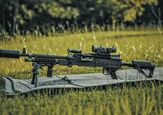
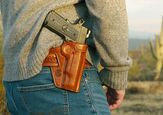
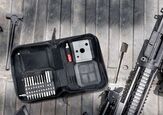







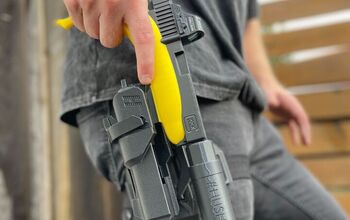
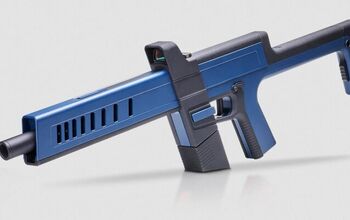
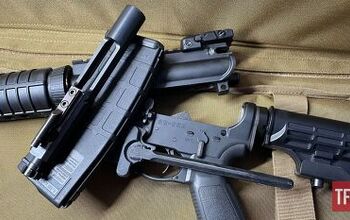

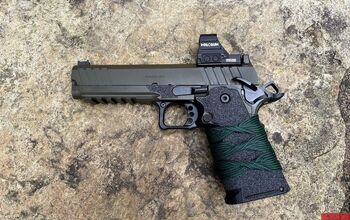

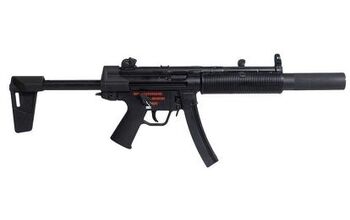

![[SHOT 2025] FightLite HYPNOS Uppers for Ruger Rimfire Pistols](https://cdn-fastly.thefirearmblog.com/media/2025/01/23/23391/shot-2025-fightlite-hypnos-uppers-for-ruger-rimfire-pistols.jpg?size=350x220)
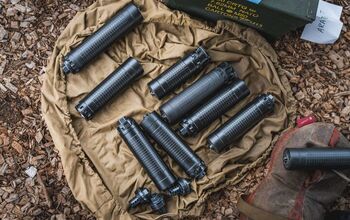

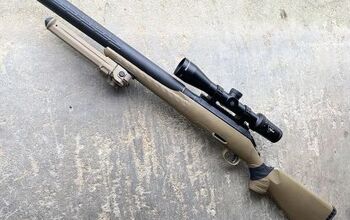


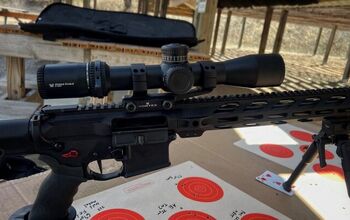
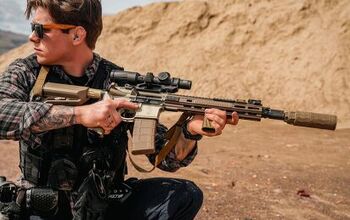


Comments
Join the conversation
The great thing about the 223 in the AR platform as you can swap the upper receiver out to a 300 Blackout and get a pretty good year around there too.
I've never bought into the ".223 isn't enough for deer" nonsense, by any metric, it is. I wouldn't hesitate to use one within a reasonable distance if I needed to. Fortunately I have better choices and I don't hunt with mine but if that's all I had or I just had a wild hair I wouldn't think twice. I'm surprised at the lack of pushback on here, maybe we, shooter/hunters, have finally evolved.